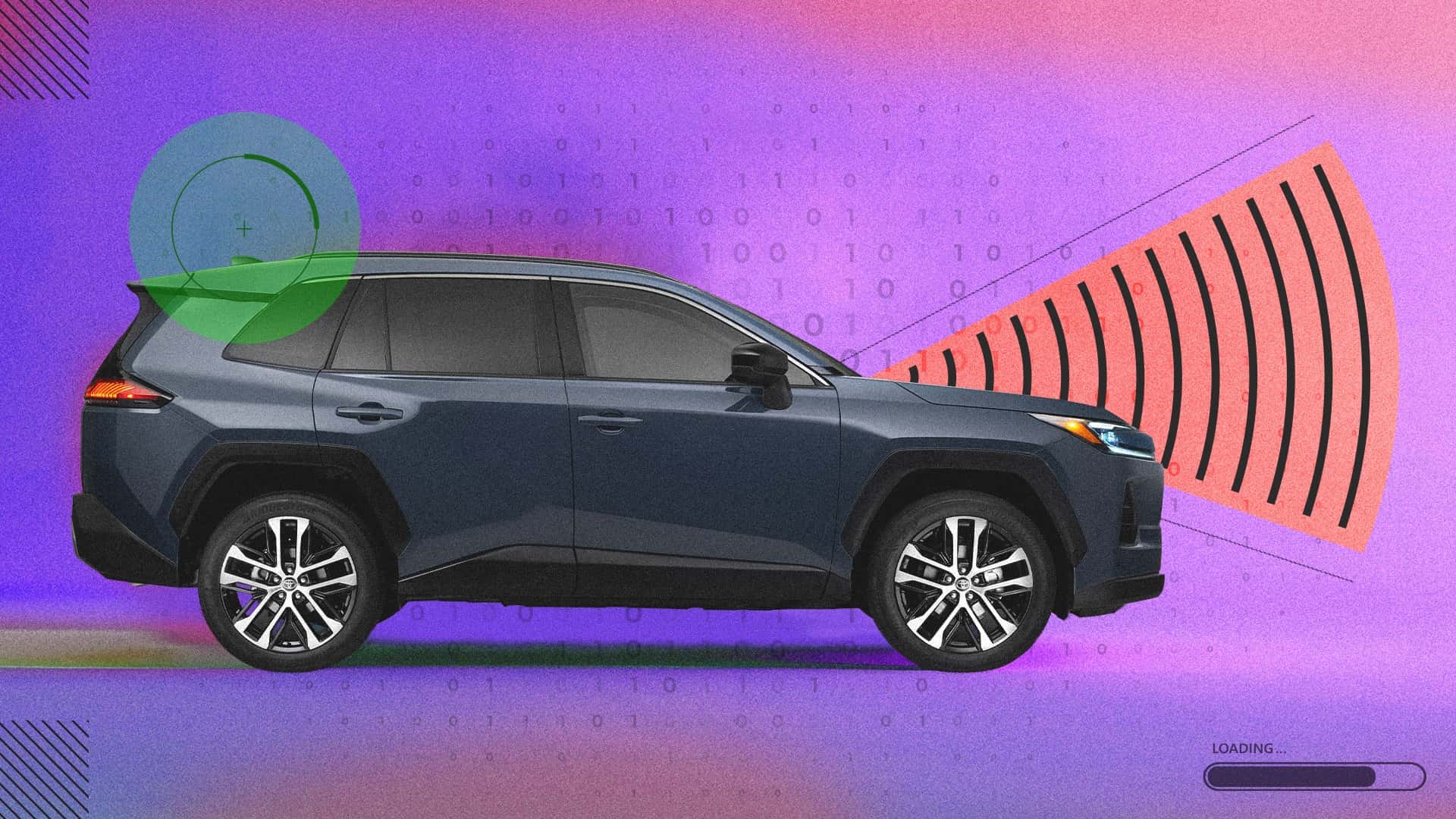
The era of software-defined vehicles is upon us. Executives for companies like BMW and Rivian have spoken at great length about the importance of software and how it will help shape the next generation of cars, trucks, and SUVs.
Toyota shares that sentiment, emphasizing how software can make its vehicles both more functional and much safer. But the company’s cautious approach means it’s been slower to adopt software-defined vehicle tech than many of its competitors. With the new RAV4, Toyota is finally taking those first steps toward a software-defined future. It still has plenty of catching up to do.
As Rivian CEO RJ Scaringe explained to us, a big part of what makes a "software-defined vehicle" is a zonal computing architecture. This means all of the vehicle’s software is routed more efficiently, improving interconnectivity and reducing production costs.
The new RAV4, by definition, is not that. Still, Toyota is adamant that the technology and infotainment improvements added to the 2026 model help lay the groundwork for bigger and better things to come.

There are a few highlights of note, the most significant being the switch to 5G connectivity—a first for any Toyota. The RAV4 also gets an enhanced voice recognition system, over-the-air updates for fixes and features, and what the automaker is calling one of its most advanced implementations of Toyota Safety Sense (TSS) to date.
The hardware is mostly familiar—10.9- and 12.9-inch displays similar to what’s currently offered in other Lexus and Toyota products. The new software isn’t dramatically different either—it’s essentially a riff on what Toyota introduced a few years ago in the Tundra—but it is much improved with better backing and faster speeds.
With all of those improvements in mind, Toyota has one major goal for the future: Safety.

We spoke with the RAV4's Chief Engineer, Yoshinori Futonagane (you can read the full interview here), who told us how smarter vehicles and better software will inevitably make driving safer. Futonagane-san says that the company is aiming for "zero fatalities, zero accidents." He explains (via translation):
'So the ultimate endgame is safer vehicles. But the ultimate, ultimate endgame might be zero fatalities, zero accidents. And so that's the direction we're going in. And so the RAV4 is almost just at the starting line, at the very early stages.
So if we took our current safety system, TSS—Toyota Safety Sense—we took all the older versions of TSS and all that data so that we could create better awareness for the newer systems, so that it could react.'
That said, one of the big concerns I had when driving the new RAV4 was the fact that Toyota removed some hard buttons and dials. Functions like the fan speed, for example, are now baked into the screen itself. Many would argue, myself included, that removing hard buttons is counterintuitive to on-road safety. But Toyota says there’s a very specific reason for those changes.
Simply put: Toyota wants you to use its voice control systems for damn near everything. Doing so, Futonagane-san says, leads to "less distraction" than fiddling with hard buttons or digging into the screen. Agree or disagree, Toyota believes this is the way forward:
'One thing that we had to make sure of is that the driver or the passenger could more intuitively use the interface because that means less distraction, safer driving. And also voice recognition. If the customer gets lost in the menus, then you're distracted. Of course, it affects safety, but also as a product, it becomes a detriment when the system’s not good.'
Of course, technologies like 5G and voice recognition aren’t exactly breakthroughs—automakers have been using these features for decades. But, Toyota’s commitment to implementing this kind of technology across its entire lineup represents a major step forward for a brand often hesitant to take risks in the name of safety and reliability.
Toyota certainly still has a way to go in becoming a company defined by software, but the RAV4 is a solid first step toward that goal.







